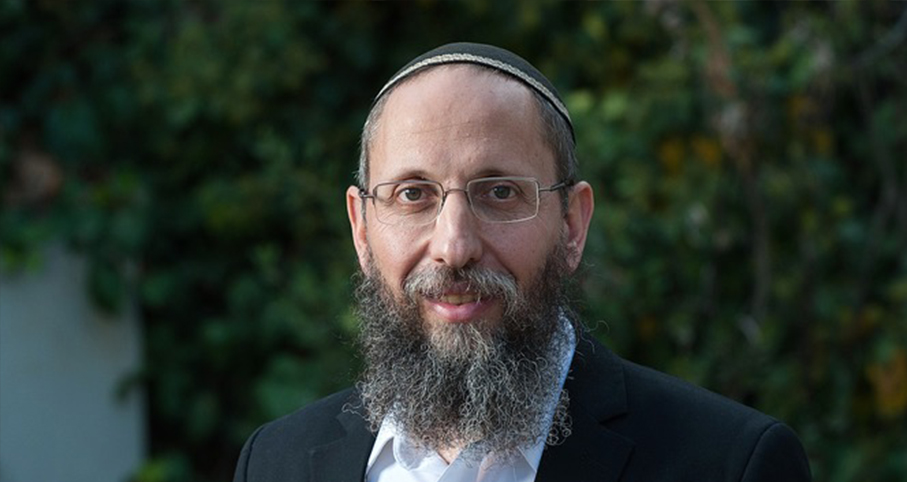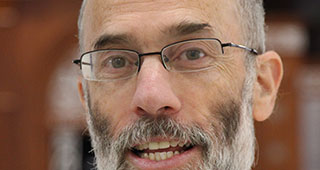Beit Midrash
- Sections
- Chemdat Yamim
- Parashat Hashavua
- Torah Portion and Tanach
- Bereshit
- Miketz
The word sheva (seven) has an extremely prominent place in Paroh’s dreams. There were two sets of seven cows and two sets of seven stalks. Each time, one set looked healthy and the other looked weak (Bereishit 41:2-7). In Yosef’s interpretation of the dream (ibid. 26-30), the seven objects turn into seven years. Additionally, the same letters are used for another word – sava (plenty). The Egyptians had the ability to survive the subsequent years of famine and turn them into sava, by selling their supplies at great profit. However, this depended on their readiness to believe and act on Yosef’s instructions, which were introduced by Yosef’s invoking Hashem’s Name before Paroh.
Rav Kook, in his sermons, explained in great depth, the connection between the dispute between Yosef and his brothers and the miracle of Chanuka. We will just mention the part of his thesis that is connected to the "seventh year."
Every seven years, Bnei Yisrael are commanded to believe in Hashem that the flow of blessing that was given in the sixth year will suffice for the following, seventh year (shnat hasheva). Furthermore, the concepts of sava and lacking take on different significance in the year of sheva. The extra involvement in spirituality during this year corresponds to such involvement during the seventh day of the week. The willingness to relinquish the profits of that day serves as a proclamation of a different set of priorities, in which the pinnacle is spiritual values rather than stocks and commodities.
In order for the laws of Shemitta to exist on the level of Torah law, Bnei Yisrael have to be inhabiting their Land according to their tribal plots. In other words, a condition for this high level is internal peace, responsibility of one for the other, and inter-fraternal tranquility.

Parashat Hashavua: From Paroh to Hamas and Iran – In Those Days at this Time
Rabbi Yossef Carmel | Kislev 5786

Parashat Hashavua: “Kings Will Descend from You”
Rabbi Yossef Carmel | Kislev 5786

The Right Pace to Leave a Holy Place
Parashat Beha'alotcha
Rabbi Yossef Carmel | 16 Sivan 5764






















